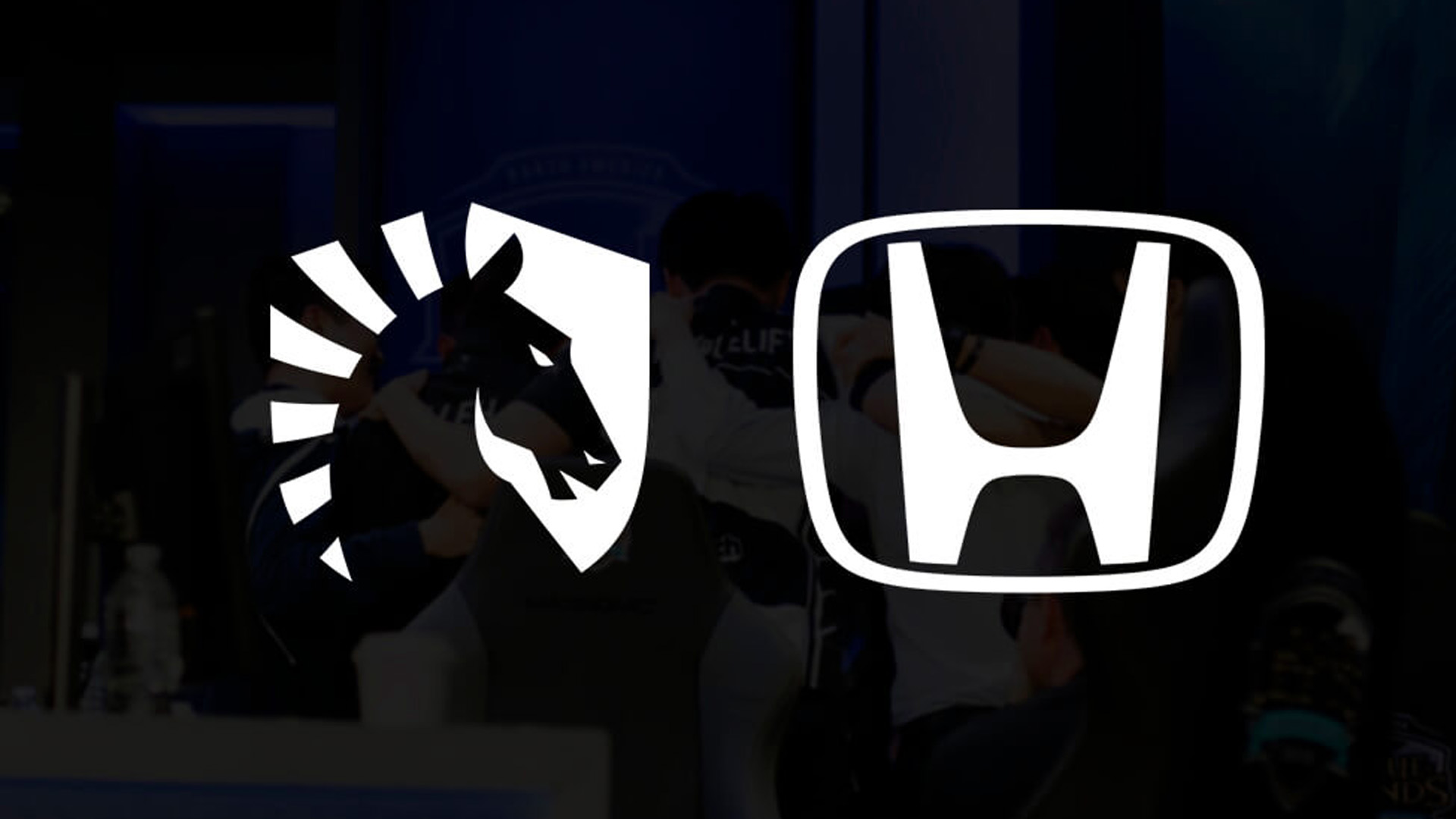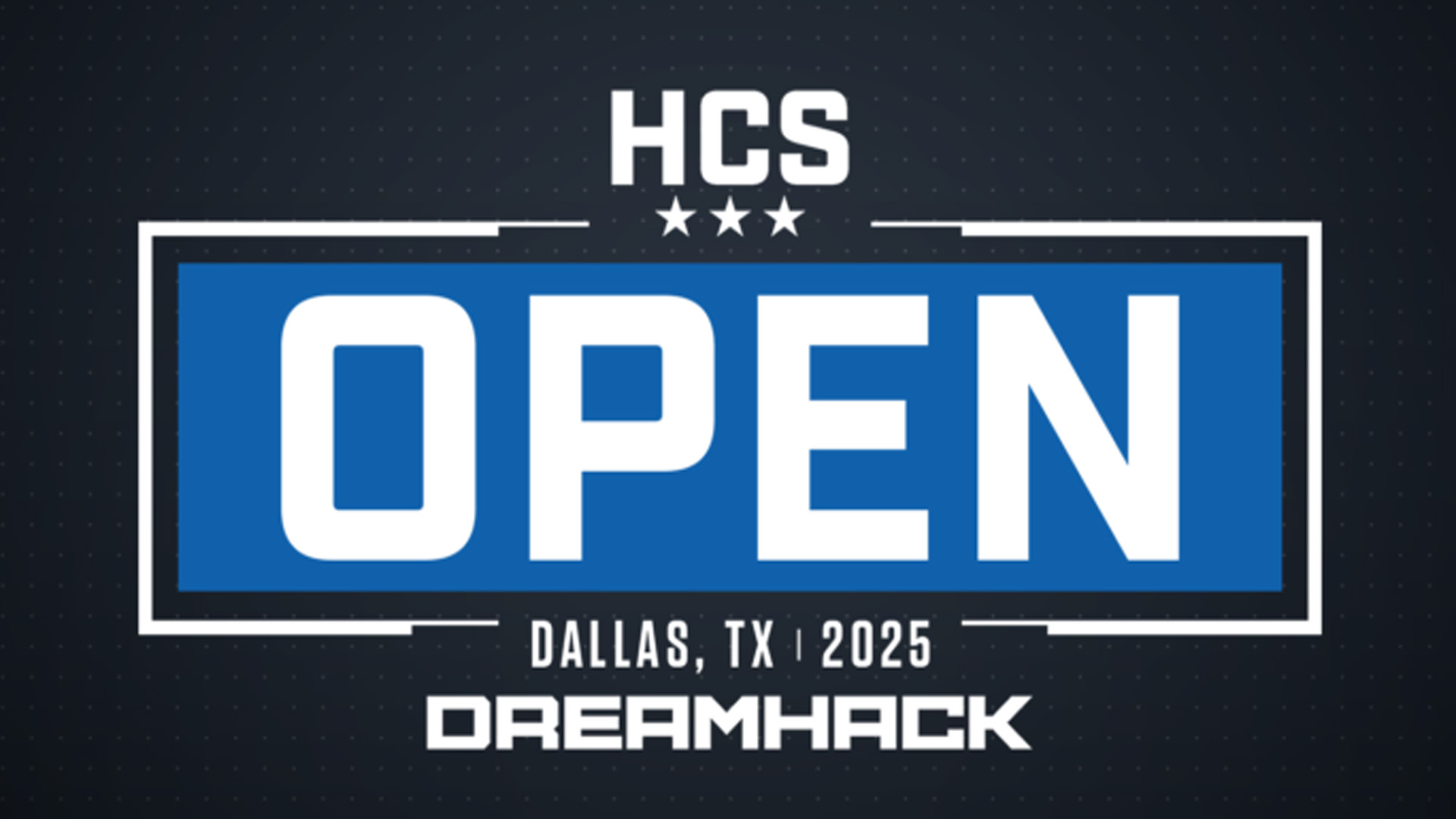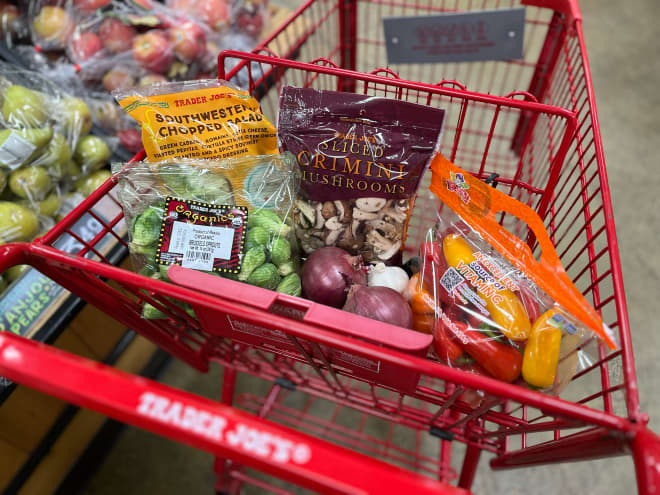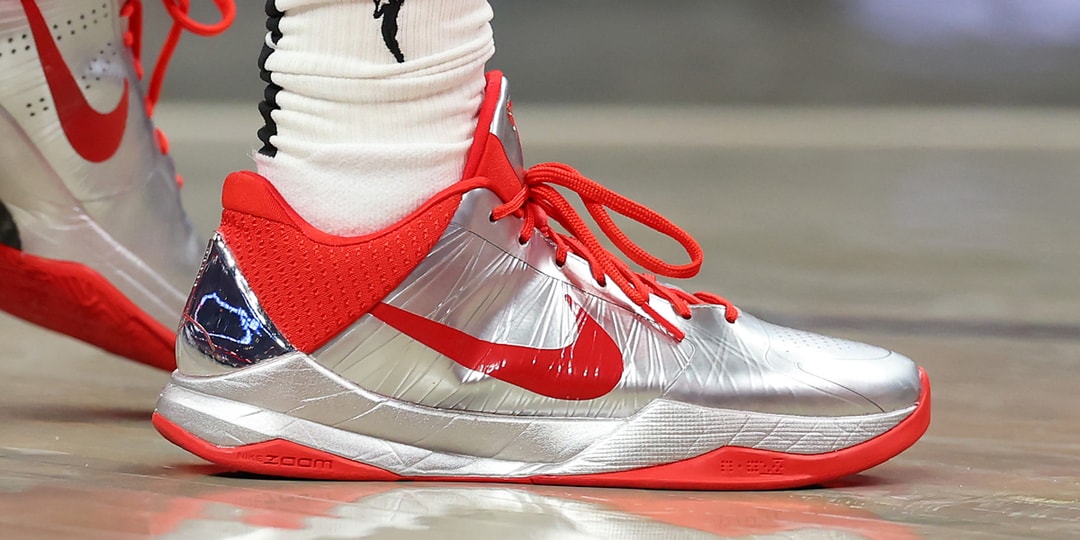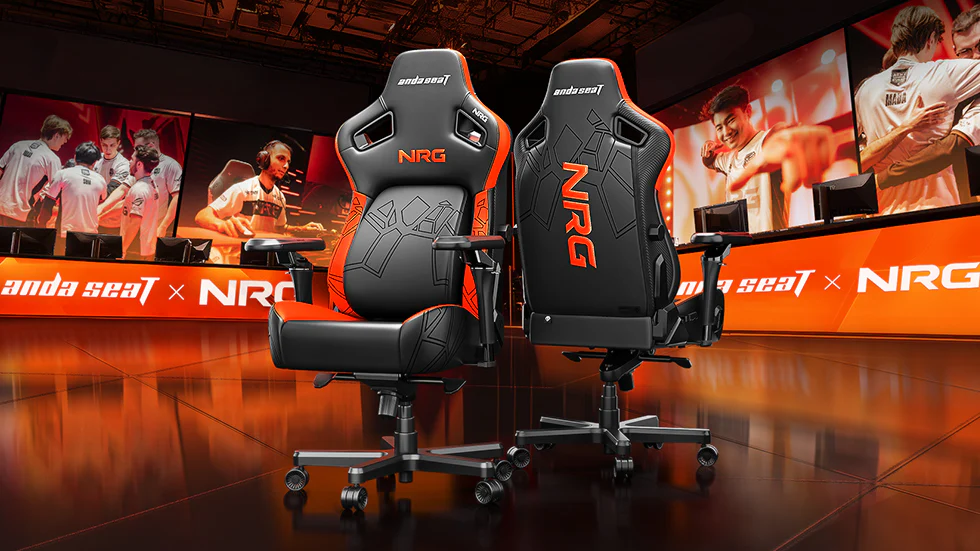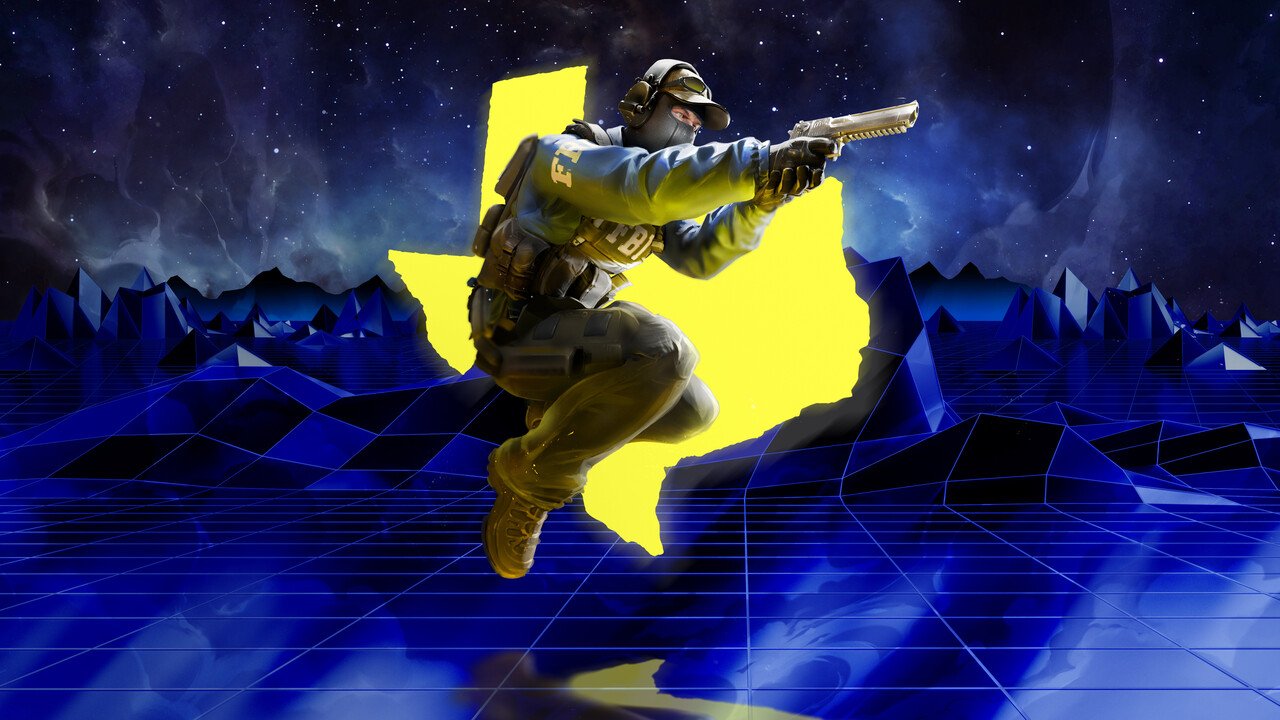Call of Duty League: The pros and cons of expansion
Image Credit: Call of Duty League Five years after switching to a geolocated franchise model, the Call of Duty League (CDL) has managed to establish itself as one of the biggest franchised esports leagues in the world, attracting several ownership groups and esports organisations from around the world. While interest in the CDL continues to … Continued The post Call of Duty League: The pros and cons of expansion appeared first on Esports Insider.
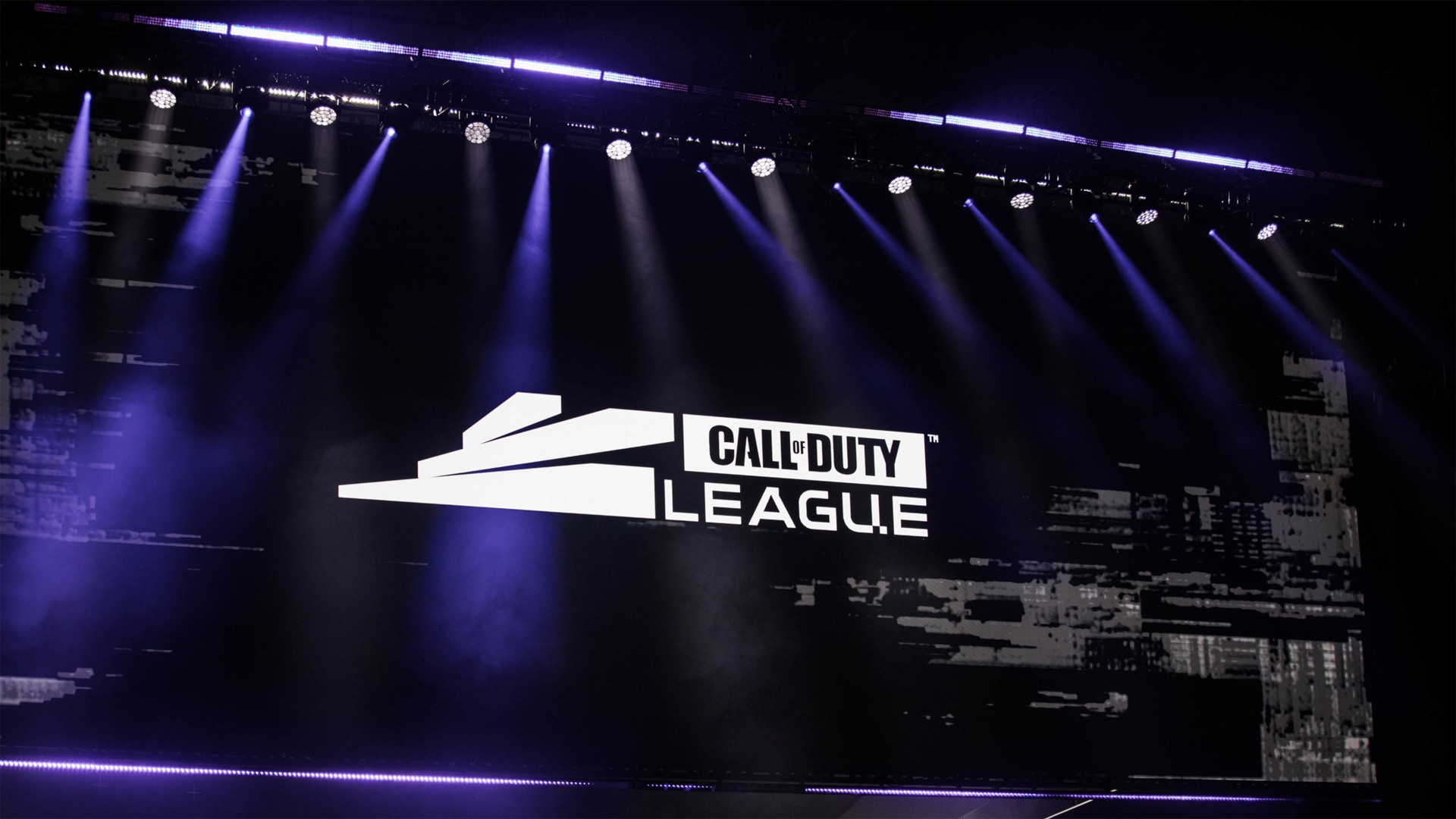
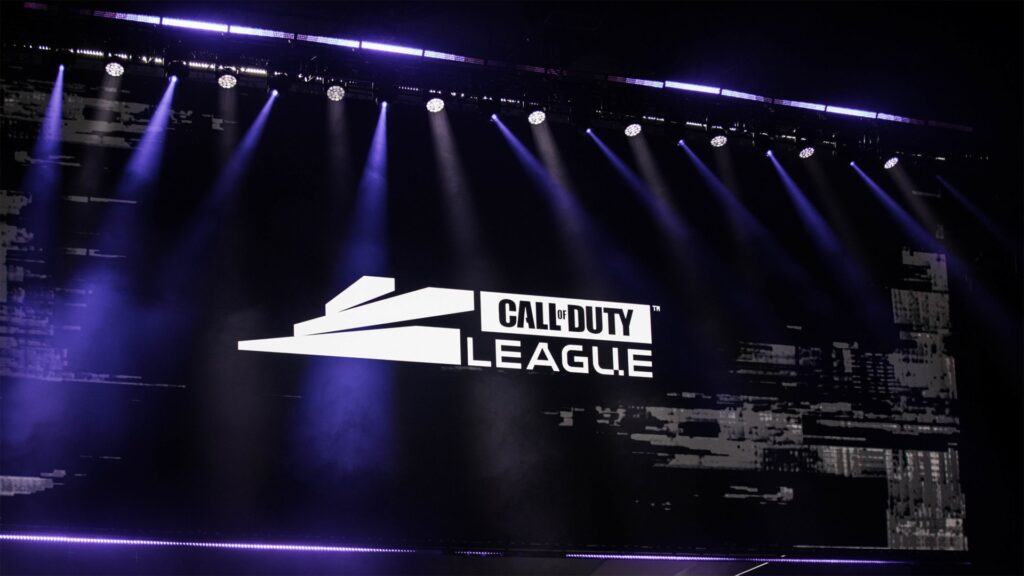
Five years after switching to a geolocated franchise model, the Call of Duty League (CDL) has managed to establish itself as one of the biggest franchised esports leagues in the world, attracting several ownership groups and esports organisations from around the world.
While interest in the CDL continues to increase, calls from fans for the league to open its doors to more franchises keep circulating, sparking debate among the community as well as players looking for an opportunity to compete on the big stage.
With the Call of Duty: Black Ops 6 season coming to its conclusion, should the CDL consider expanding the league by adding new teams or should the doors remain closed to support existing franchises already involved?
More Opportunities for Players
The CDL has very limited opportunities for players looking to compete in Call of Duty’s top tier of esports competition, with a total of just 48 places on the lineups between the 12 franchises. As a result, the lack of chances for players competing in Challengers and those on the substitute bench leads to many pursuing other avenues within esports — and some quitting altogether.
In recent weeks, amateur players have called time on their playing careers due to the limited opportunities to earn a place in the CDL franchise, while others have embarked on a switch to Call of Duty: Warzone in a bid to show their talents within the battle royale.
Recent examples of former pros making the switch from the CDL to Warzone’s esports scene include former Los Angeles Guerrillas and Minnesota Rokkr player Rasim ‘Blazt’ Ogresevic. The former CDL player joined 100 Thieves in April ahead of the Esports World Cup, where Warzone is one of 25 titles featuring in Riyadh, Saudi Arabia.
Opening the door to new franchises, taking the total number to 16, offers 16 more places on the main stage alongside the possibility of organisations to expand their presence into another esports title.
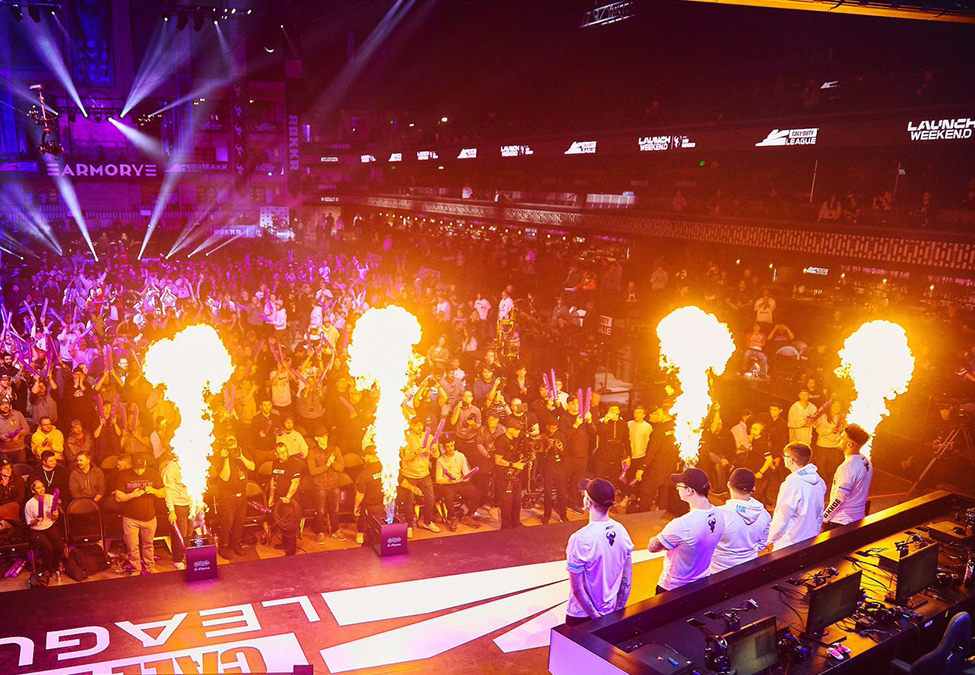
A Smaller Slice
While expanding the CDL is a positive step forward to accommodate the ever-expanding pool of talent from around the world, adding more franchises has the potential to negatively impact the existing product. When the league launched in 2020, each franchise slot came with a $25m (~£18.7m) price tag, following a similar formula that originated with the creation of the now-defunct Overwatch League.
In 2024, the CDL eliminated the franchise fees, resulting in existing owners being reimbursed for any outstanding amounts in addition to greater support for event hosting and operations. With the financial stance of the 12 franchises becoming more stable, adding four more could destabilise the growth achieved over the past two years.
On the other hand, if 16 franchises entered the next season of the CDL, there’s always a chance of the existing pie growing to greater levels, generating higher levels of revenue, attracting even larger sponsorship deals, and finally tapping into Call of Duty’s huge fan base.
An Open Ecosystem
Before Call of Duty esports transitioned to a franchise model, the circuit used an ecosystem that allowed all teams to compete on the biggest stages regardless of region and budget. A mixture of pro league competition alongside several LAN events throughout the year provided an excellent balance between the best in the world showcasing their skills and offering amateurs chances to spring potential surprises against the established names.
The Overwatch esports ecosystem moved away from franchising, creating an open ecosystem operated by tournament organiser ESL FACEIT Group, which is also responsible for the operations of CDL Majors. The Overwatch Champions Series (OWCS) now operates across three regions, with several stages taking place in between large-scale tournaments, creating a more international circuit instead of a franchise model primarily based in North America.
Previous seasons of Call of Duty esports have used an open ecosystem that currently features in Halo. The integration of amateur competition into professional play ensures stability for the notable organisations in addition to providing a pathway for undiscovered talent to prove themselves against the big names.
The lack of avenues for amateur players to showcase their talents to the top franchises results in the same players getting rotated in and out of various lineups. While roster changes often generate plenty of drama, seeing the same faces struggle to qualify for Championship Weekend gets tedious.
Mason ‘Mercules’ Ramsey filled in as a substitute for Toronto Ultra at Major 3 and for Major 4, the former Challengers player is representing OpTic Texas, arguably the biggest name in Call of Duty esports. All it takes is for one standout performance to send an unknown entity into the spotlight, and, apart from the rare occasion where it happens, the next generation of players continues to struggle making it to the big time.
The post Call of Duty League: The pros and cons of expansion appeared first on Esports Insider.
























































![Ultimate Anime Rangers X Tier List [UPDATE 1]](https://www.destructoid.com/wp-content/uploads/2025/04/ultimate-anime-rangers-units-tier-list.webp?quality=75)


